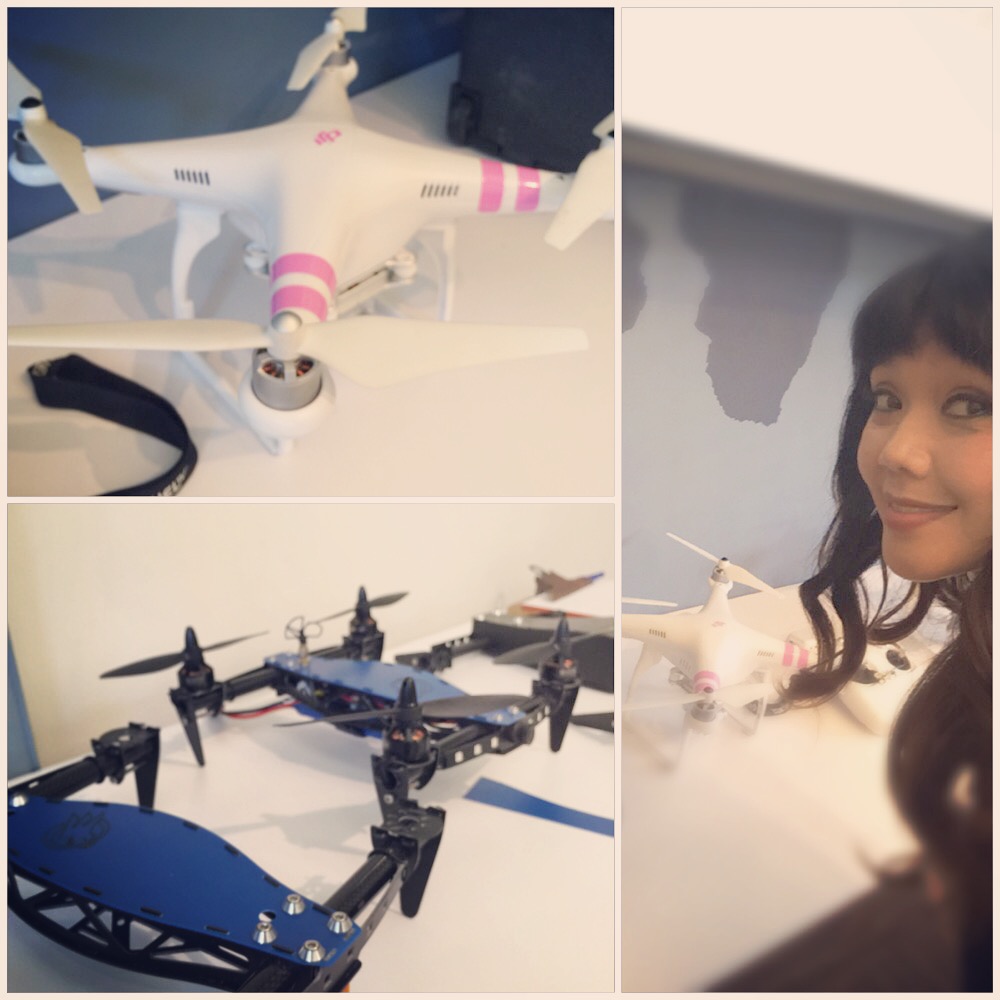“An iPod, a phone, an internet mobile communicator… these are NOT three separate devices! And we are calling it iPhone! Today Apple is going to reinvent the phone. And here it is.”
– Steve Jobs
In 2007, we were introduced to the first iPhone. It’s campaign slogan was, “This is only the beginning.” You remember that, right? It was like yesterday and it was WHOA at first site and created a tech revolution that changed the world as we knew it.
Today, our lives are digital and analog, and new and better ways to connect to each other and the world around us are everywhere. The expansion potential continues to be huge. Yesterday, we came together over in awe over a new phone. Today, revolutionary tech is just waiting to bring the world together to replace current technology with a new generation of amazing.
So, what’s fueling the revolution? Everything. Every facet of our worlds has reached the right time and place to create the perfect storm for advancement.
More devices, more data.
Wearables, homes, mobile, and cars are coming online faster than ever. Connected devices are the new life hack – they count the steps we take, map the way, dim the lights, organize our thoughts, and provide a billion ways to digitally share our lives with each other.
The information collected, in turn, is providing valuable insights that will drive future development and help to create snapshots of society and user behaviors as a whole.
Drones are here.
They’re taking selfie stick and RC helicopters to Heisenberg levels. They’re also being utilized for government and commercial use. 2015 ended with mandatory drone registration and has sparked the rise of a whole new set of regulations and data tracking industry.
More data is streaming.
Every picture, post, video, live game, everything. It’s all 1’s and 0’s, transferred and output as meaningful information to the end-user. And the technology driving data transfer is only improving. Processors are faster. Camera and video resolutions are better than they’ve ever been. Gaming consoles and VR are integrating better graphics and experience capabilities with every iteration.
Right now, real time transfer is such that Formula One racing group monitors everything from tire pressure and temperature to aerodynamic effect issues and makes adjustments trackside, and apps like Periscope and SnapChat make sharing videos to large audiences so simple that they’re exposing a world of content sharing opportunities at a crazy fast pace.
High performance data centering is becoming standard.
There was a time in the energy industry when investing in efficiency and high-performance products made more business sense than building new power plants. The datacenter industry has reached that phase. Providers are being sought out by educated buyers that want green power and efficient design, not necessarily for sustainability purposes, but because of the long term effectiveness.
We’re seeing unprecedented levels of user adoption of connectivity. The global population consumes 3.9 exabytes of data per month right now. By 2019, that number will be 24.3 exabytes. It’s not enough to have some racks in a datacenter. You need to be in a datacenter that will be able to support your needs when 24.3 exabytes are being streamed across the world wide web.
Artificial Intelligence is killin it!
Devices are streaming data real-time.. and getting smarter. Tesla shocked the world with an autonomous driving system that allows Model S drivers to take their hands off the wheel and allow the car to essentially do the driving for them. And then they added the Summon feature, where the car “learns” to start itself, and drive out of your garage and around the corner to pick you up, sans driver. They’re not alone in their AI investments. Last year more than $2 billion was invested in companies focused on developing AI-like technology.
The integration of artificial intelligence and cloud computing has given rise to “fleet learning” across connected devices, meaning that where the human brain has to be taught one brain at a time, what one AI device “learns” can be immediately transferred to all devices. This means, machine learning that transcends human learning capacity is being created all around us right now. Existing compute power limits potential to a degree, but is there a time when this generation of faster thinking and learning intelligence expands that? Even Stephen Hawking has concerns.
The energy storage investment is paying off.
With more people coming online than ever, power use continues to rise. Experts predict that total energy demand will increase 21% by 2030. 2015 saw renewables record nearly $330 billion in investment around the world. New wind and solar alone accounted for 121 GW of new power installations.
With energy use on the rise and frequent changes in demand peaks by season and time of day, the market for energy storage is also growing. We’ve seen innovative energy storage solutions from a number of capabilities including; air energy storage, batteries, conservation, efficiency, and more. The market is expected to reach 10.8 billion by 2018.
Technology will continue to change all of our tomorrows, at rates faster than any change in history. Advancements in tech are already beginning to automate many of the jobs we see in the market today. In fact, 65% of children starting primary school today will work in jobs that haven’t even been thought of yet.
We’ve come a long way, Baby. And, if you’re thinking this is just the beginning, you’re right.

